As part of an experiment of interviewing an AI platform I asked the questions about the potential for its use in Higher Education. As to be expected it was a highly positive response. So I then asked:
“That all sounds like quite the nirvana, but I wonder what risks are also associated with the use of AI in higher education?”
That response was surprisingly considered:
Certainly, while the integration of AI in higher education offers numerous benefits, it also comes with certain risks and challenges. Let’s explore some of them:
Bias and Fairness:
- AI algorithms learn from historical data, which may contain biases. If these biases exist in educational data, they can perpetuate discrimination.
- For instance, an AI-driven admissions system might inadvertently favor certain demographics or penalize others. Ensuring fairness and mitigating bias is crucial.
Privacy Concerns:
- AI systems collect and analyze vast amounts of student data. Protecting privacy becomes essential.
- Institutions must handle data securely, obtain informed consent, and comply with privacy regulations (e.g., GDPR, FERPA). Unauthorized access or data breaches can harm students.
Lack of Transparency:
- Many AI models operate as “black boxes.” Their decision-making processes are not always transparent or explainable.
- In education, transparency is vital. Students, educators, and administrators should understand how AI systems arrive at conclusions to build trust.
Ethical Dilemmas:
- AI can raise ethical questions. For instance, should an AI tutor disclose its non-human identity to students?
- Balancing efficiency with ethical considerations is essential. Institutions must establish guidelines for AI use.
Dependency on Technology:
- Overreliance on AI tools can diminish critical thinking skills. Students may become dependent on automated solutions.
- Educators should strike a balance, encouraging students to think independently while leveraging AI as a supportive tool.
Job Displacement:
- As AI automates tasks, concerns arise about job displacement for educators and administrative staff.
- Institutions must prepare for workforce changes and provide training to adapt to AI-driven environments.
Quality of Content and Assessment:
- AI-generated content, such as essays or answers, may lack creativity or depth.
- Institutions should ensure that AI-assisted content maintains high standards and doesn’t compromise educational quality.
Student Engagement and Interaction:
- AI-driven chatbots and virtual assistants can handle routine queries, but they lack human empathy and understanding.
- Striking a balance between automated responses and genuine human interaction is crucial for student engagement.
Cost and Implementation Challenges:
- Developing and deploying AI systems require significant investment.
- Institutions must weigh costs against benefits and address technical challenges during implementation.
Resistance to Change:
- Faculty and students may resist AI adoption due to unfamiliarity or fear of job displacement.
- Effective change management strategies are necessary to foster acceptance and collaboration.
In summary, while AI holds immense promise for higher education, stakeholders must navigate these risks thoughtfully. Ethical guidelines, transparency, and ongoing evaluation are essential to maximize AI’s positive impact while minimizing potential drawbacks.
One observation here is that there is a significant amount of “human-centred” work that has to be done to ensure AI use is effectively considered and evaluated.
The extent to which AI impacts education positively or negatively comes down to the way in which humans develop it, use it, critique it and understand it. It will not be the fault of AI if it fails our learners, it will be our fault. If you are using AI you have to understand how it works in order to offset some of the issues it has itself identified. For example we can’t blame AI for being biased, as a starting point we need to ensure its datasets are more representative but also at the other end we need to bring a critical human eye to its outputs.
Like many, I am excited by the potential of AI and cautiously optimistic of the opportunities it presents in an increasingly complex higher education landscape. But like us humans, AI is flawed, after all it is a product of our own making, and whilst it is able to perform some tasks better (or at least more efficiently) than humans but that does not mean it should be devoid of human oversight or intervention.




No responses yet